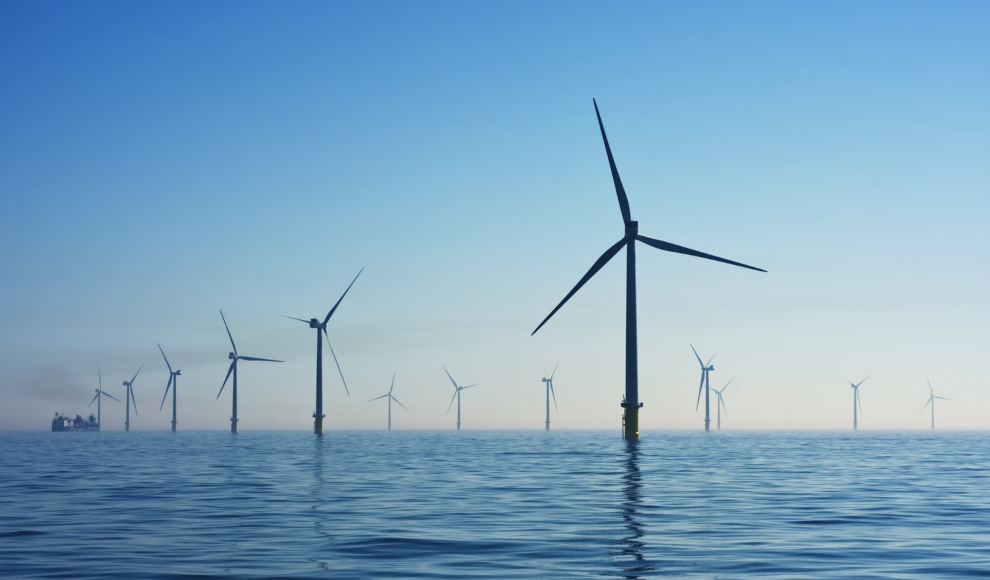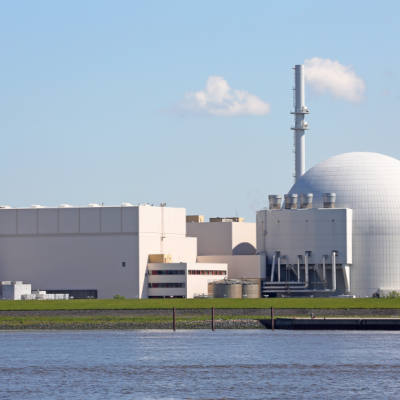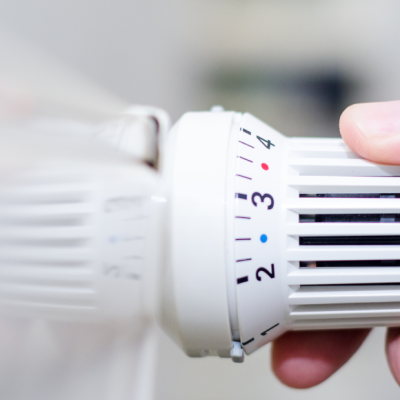Offshore wind turbines are a popular source of renewable energy, but a new study has found that their corrosion protection systems may be releasing toxic metals such as lead into the sea. The study, conducted by the Federal Maritime and Hydrographic Agency (BSH) and the Helmholtz Centre Hereon, found that the increased concentrations of metals were mostly within the known variability of the North Sea, but some areas had significantly higher levels of aluminum, zinc, indium, and gallium. The sediment around the offshore wind turbines also showed local increases in lead contamination. However, there have been no immediate effects on the marine environment observed so far.
The researchers attribute the high concentration of metals to certain weather conditions that cause the water near the turbines to be poorly mixed. The metals come from the corrosion protection of the offshore steel structures, which use galvanic anodes that slowly dissolve. Indium and gallium are rarely found in the sea, so they are used as tracers for emissions from the anodes. Between 150 and 750 kilograms of anodes are released into the water each year per offshore wind turbine. The researchers are concerned that as offshore wind energy expands, emissions from corrosion protection will increase significantly. They recommend that wind farm operators switch to foreign current anodes, which emit significantly lower amounts of substances into the marine environment.
While there have been no immediate effects on the marine environment, the long-term effects of the increased metal concentrations are unknown. The study highlights the importance of considering the environmental impact of renewable energy sources and finding ways to mitigate any negative effects. As offshore wind energy continues to grow, it is crucial to ensure that it is sustainable and does not harm the environment.










